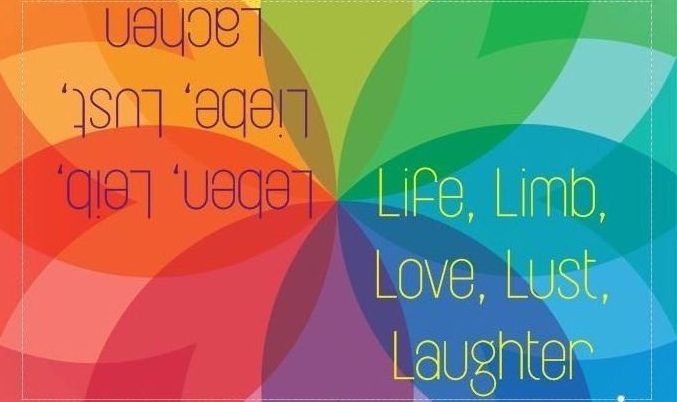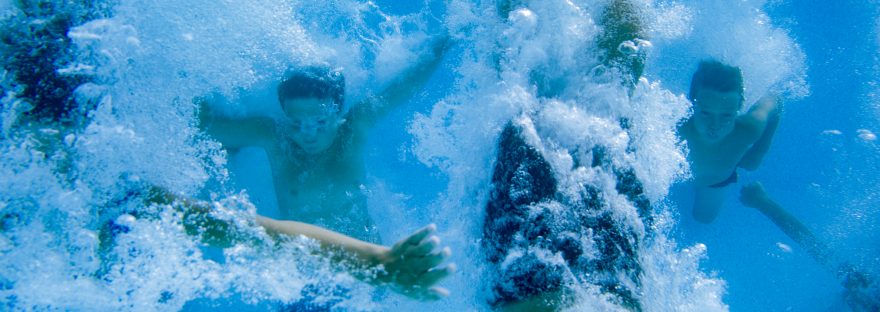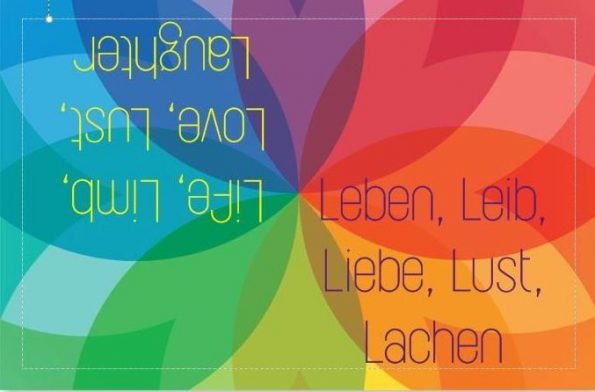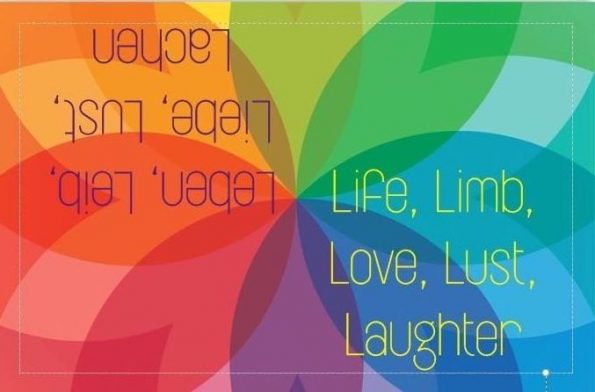Lovemaps (1)
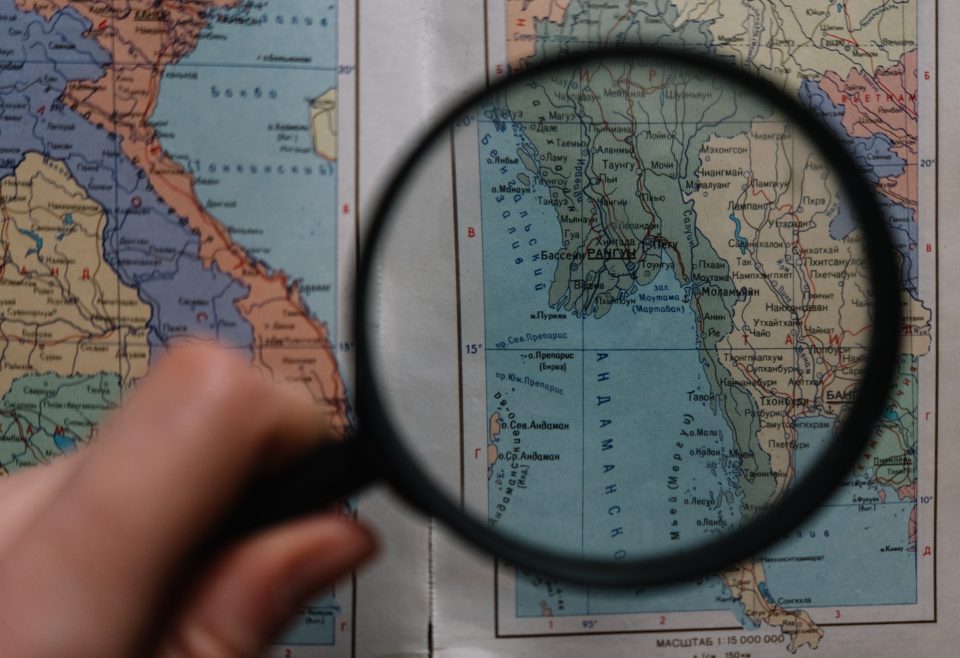
How did we get here?
Hey I am back. Sean here! After looking at „Where we come from“ in the last blog-lesson. This time we are going to look at „How we got here“ from a clinical perspective (lovemap). Hence another perspective on attraction, desire and preference. The ideas and concepts we are going to explore fill up more than a couple of books.
The premier book, “Lovemaps” by Dr. John Money is a very detailed clinical examination of the concept of Lovemaps; “…an idealized and highly idiosyncratic image”. In other words, lovemaps “…depict your idealized lover and what a as a pair, you do together in the idealized, romantic, erotic and sexualized relationship.”
Our lovemaps can be correlated to our native languages. On the one hand, they develop naturally and are completely individual. On the other, they are peppered with familial, social, cultural and environmental input. “A lovemap exists in mental imagery first, in dreams and fantasies, and then maybe translated into action with a partner or partners.”
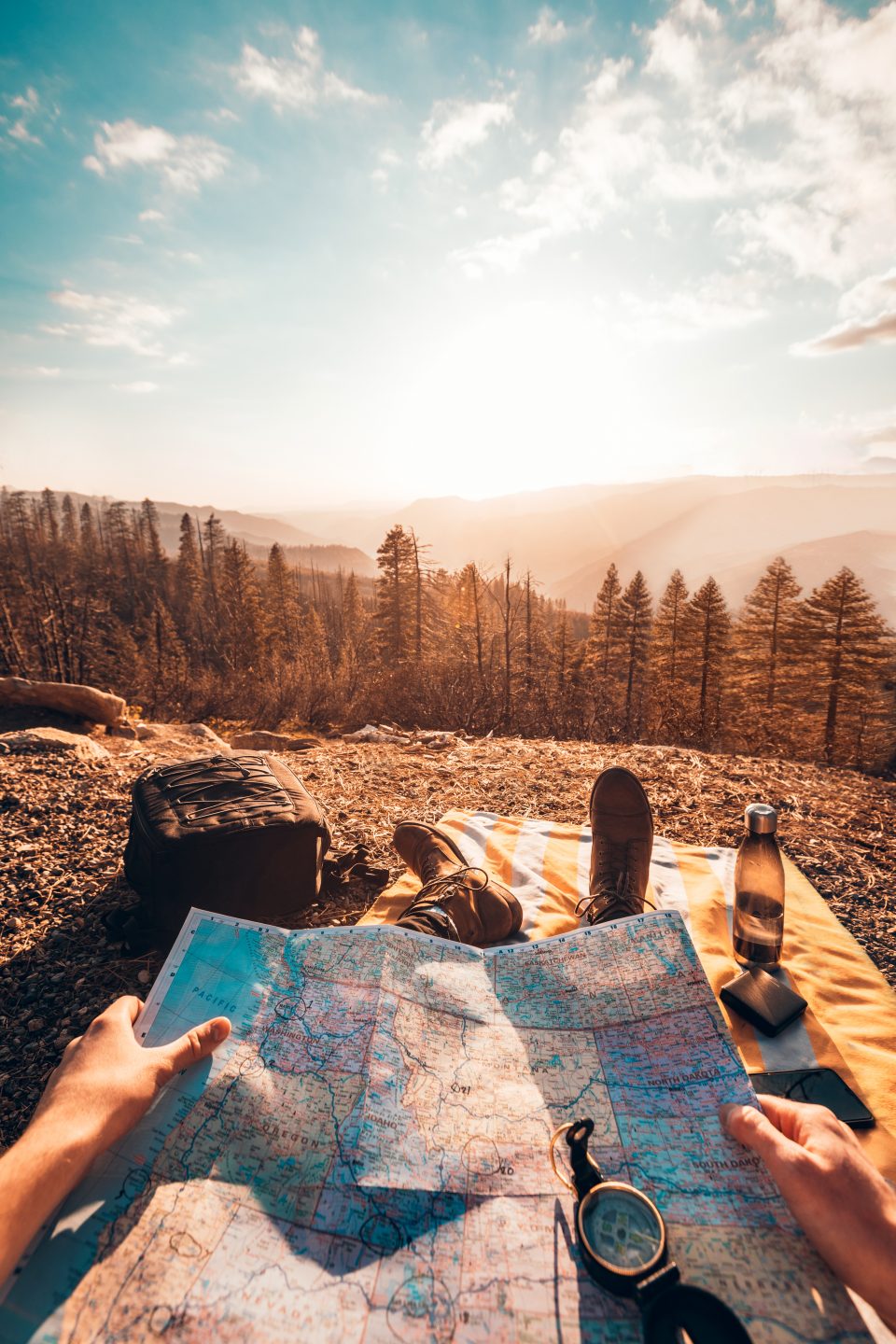
Biology or Environment
Clinical research quoted by Dr. Money suggests that our Lovemaps begin in Utero before we are born. This is reflected in hormone research which examines the levels of the three “sex hormones”: progesterone, testosterone and estradiol.
These hormones occur in both male and female development. Boys and girls have all three, just with different levels or ratios.
Research suggests that our preferences and behavior are at the very least, influence if not established in the unborn brain. The quoted studies include mammals mentioning sheep and monkeys.
The masculinity and femininity of the brain can be affected by testosterone and estradiol levels. In this vein, our perception of ourselves and our attraction to others begins in our brains in our mother’s wombs before we are even born.
An example of this is the recording of a male erection by sonogram. Up to now we do not have any way of recording the corresponding female vulval vasocongestion in utero.
After we are born, we continue to present such reactions, again more readily recognized in boys. This happens both when we are awake and when we are asleep. This often occurs in REM sleep which is associated with dreaming.
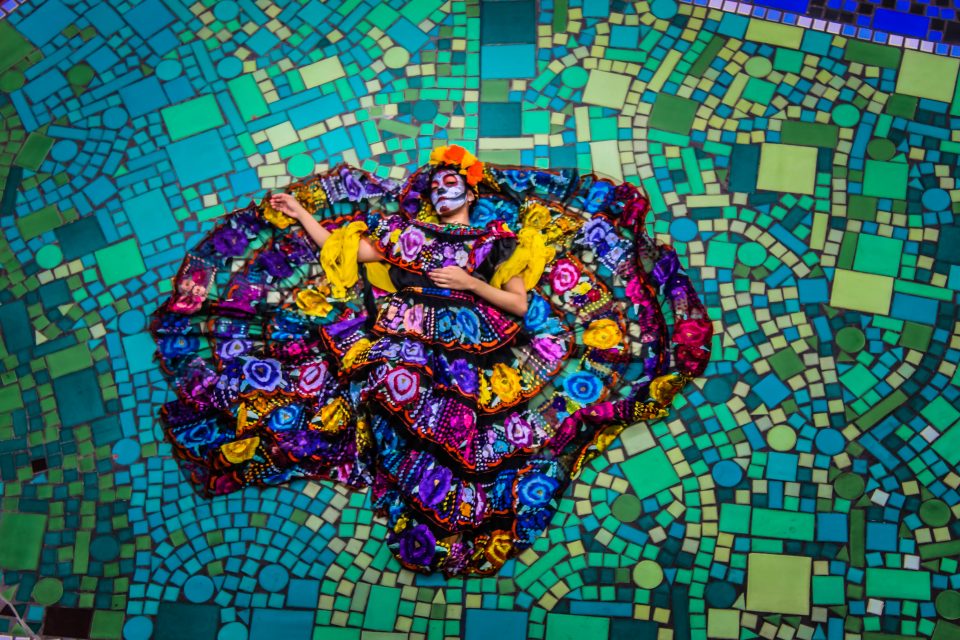
Zero to Five
Sooner or later during the first year of life we recognize the sensual nature of our genitals in response to rubbing, squeezing, touching, and so on. Following this discovery, around three or four children begin to show flirtatious rehearsal play. This is most often patterned after models in our social environment including seen on TV and computer screens. This behavior is often directed at parents or older children.
Around five, or even earlier in kindergarten and preschool, we begin to have a larger number of “agemates”. This allows flirtatious play to become playmate romances, often boyfriend/girlfriend playmate romances.
Consequently the development of our lovemaps can include playmate sexual rehersal behavior including kissing, playing doctor, or other intimate expressions depending on our eperiences and environment. Ethnic and cultural differences can influence these behaviors as well.

Eight is Enough
Ultimately about eight years old two partners participating in sexual rehearsal play may become bonded in what could be called a love affair. And at this point children seem to have established what Dr. John Money calls a “native lovemap”. A native lovemap is a correlate to a native language which develops naturally both biologically and environmentally through experience, ability and our environmental input. In short our lovemaps, our native love maps are mature around the age eight.
What happens next is our topic for the next Blog-lesson. I hope this has been interesting, informative and gives you something to think about. It would be great to know what you think about the concept of love maps.
Till next time: Our Blog-Lessons –1–2–3–4–5–6–7–8–9–10–11–12–13–14–15
